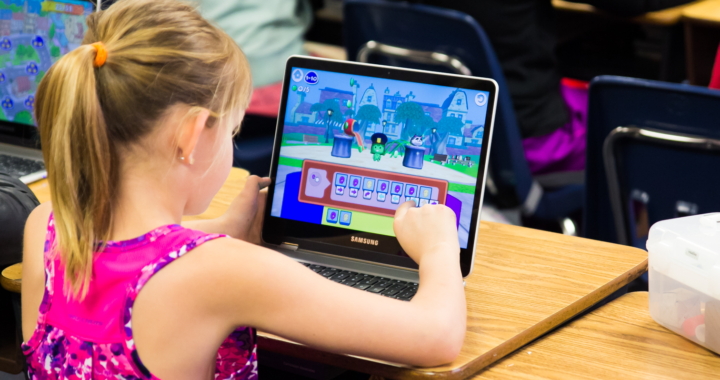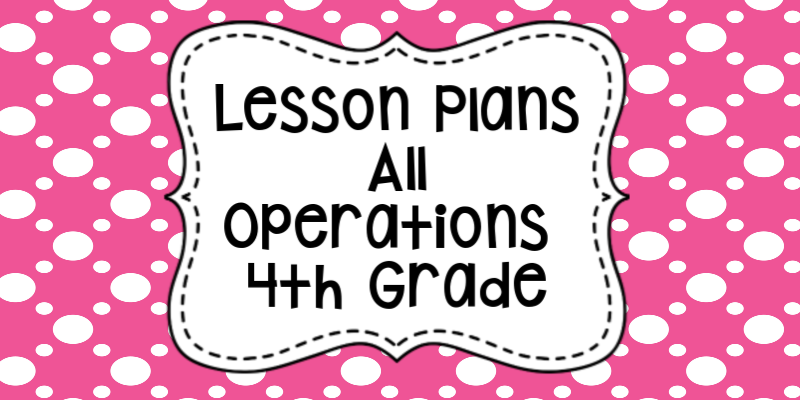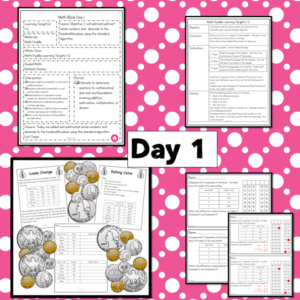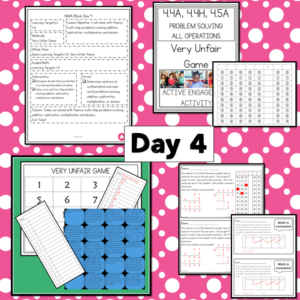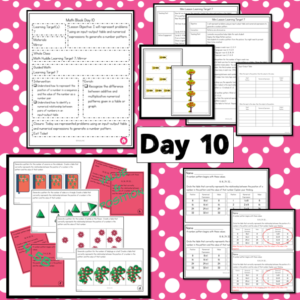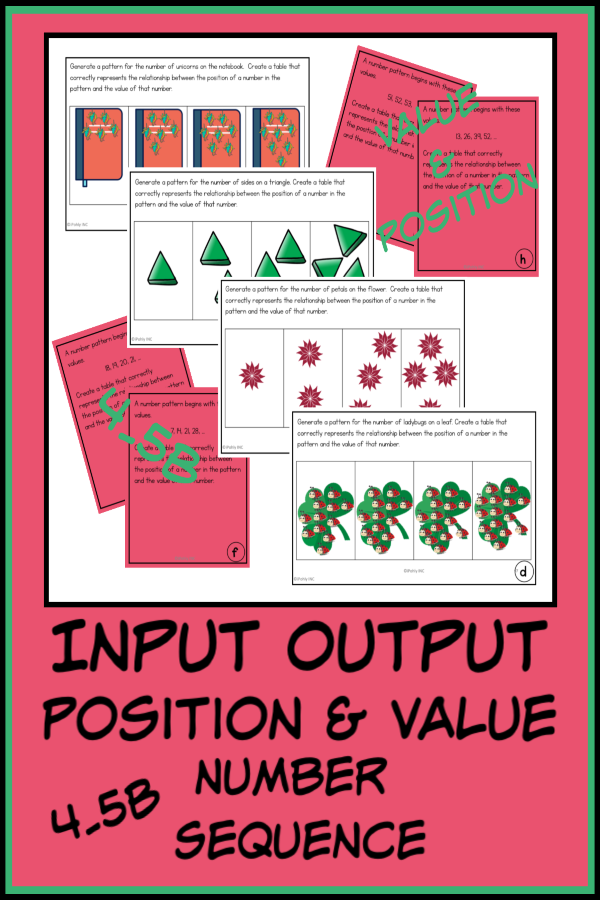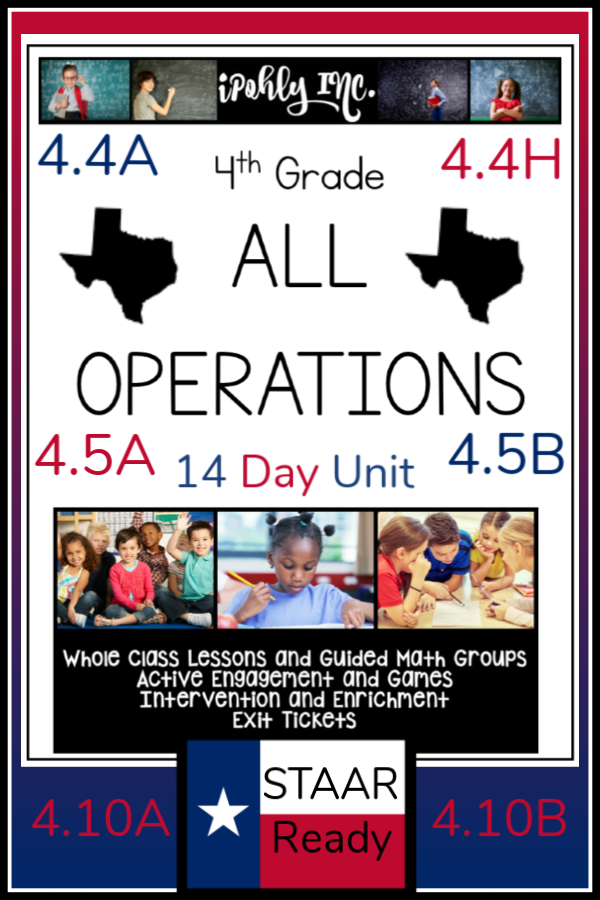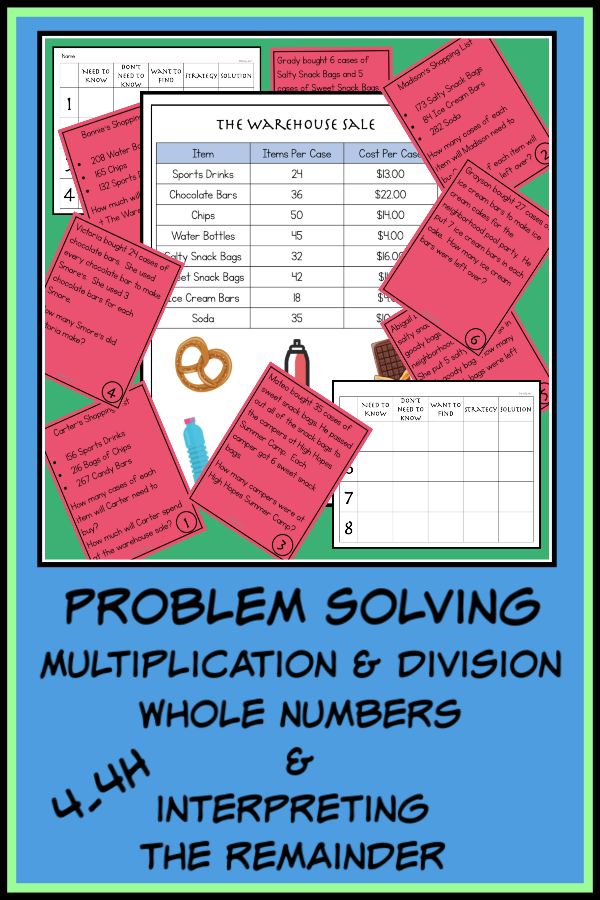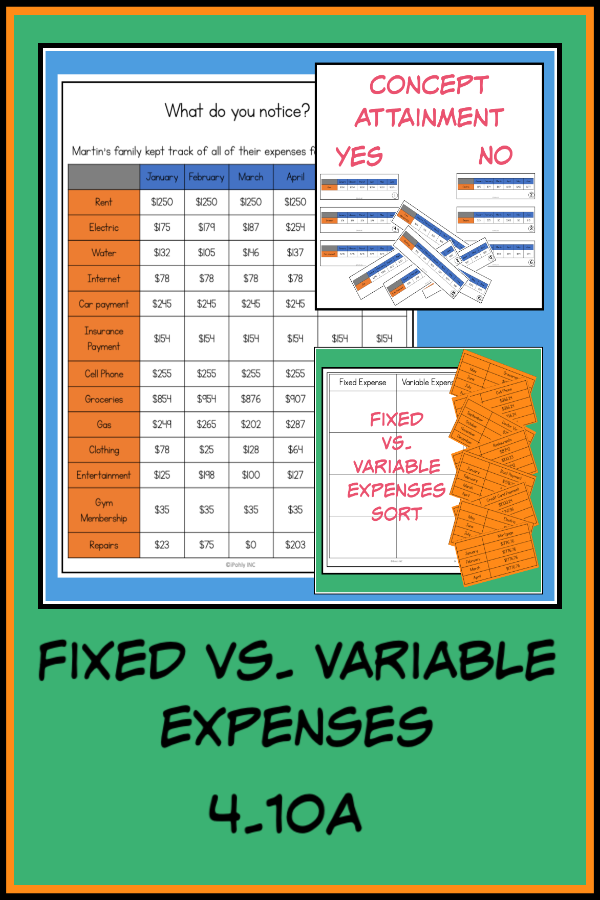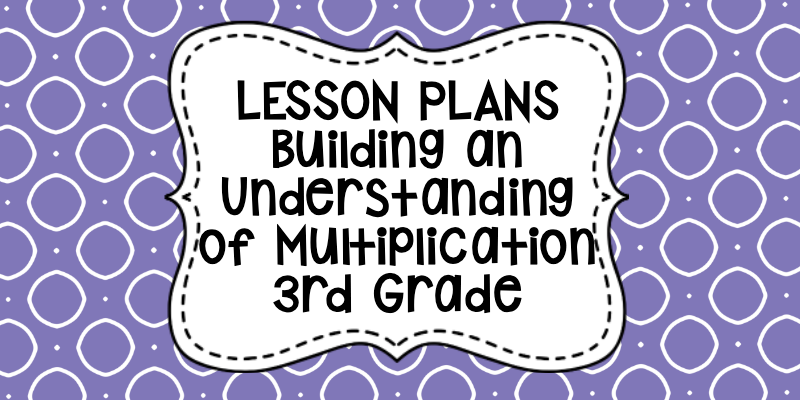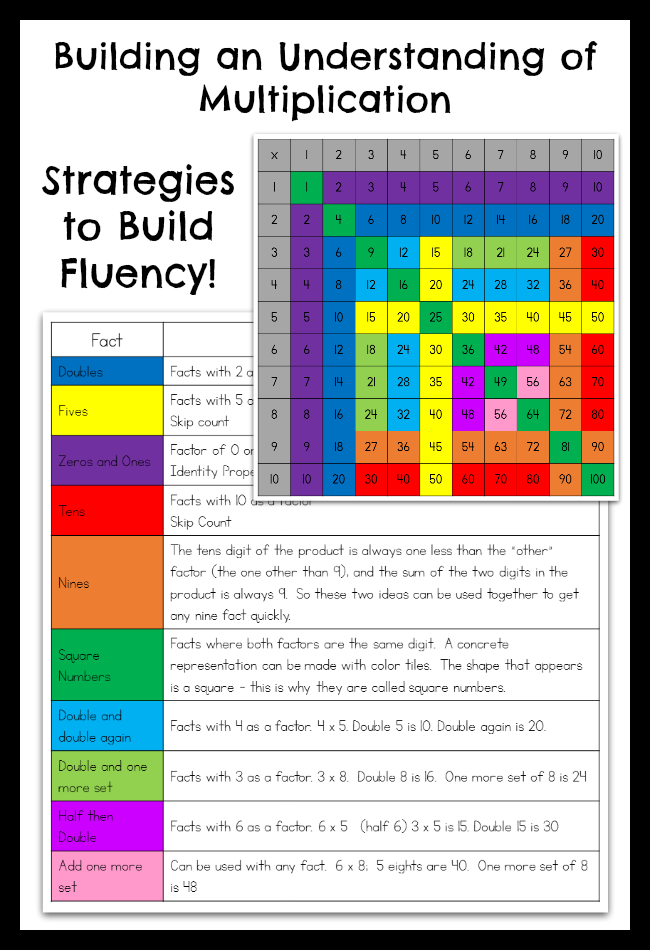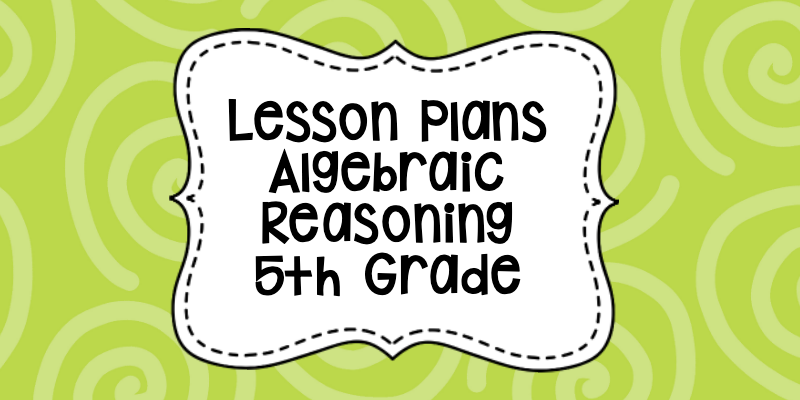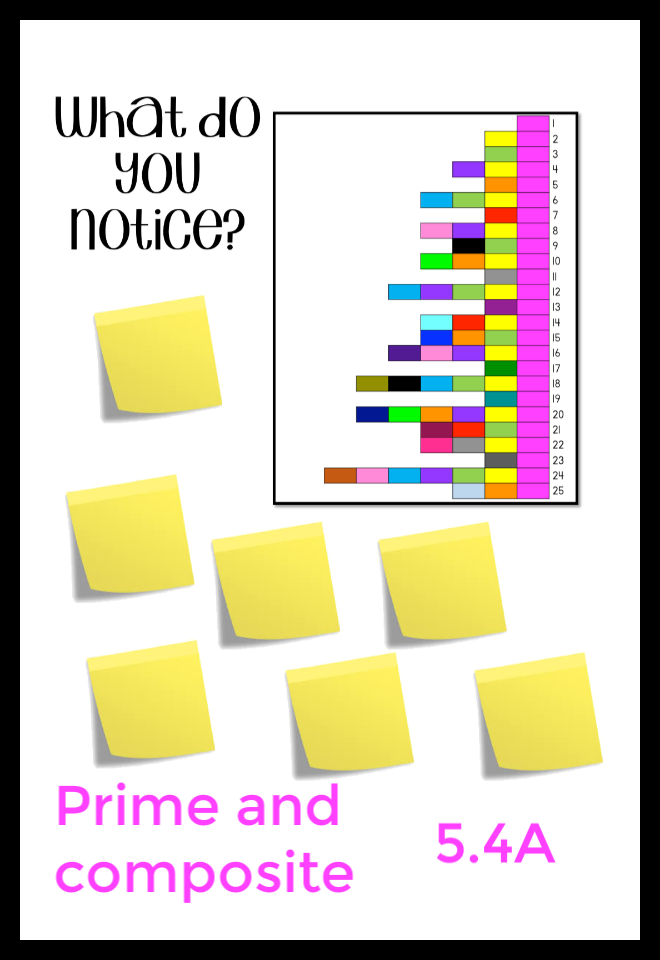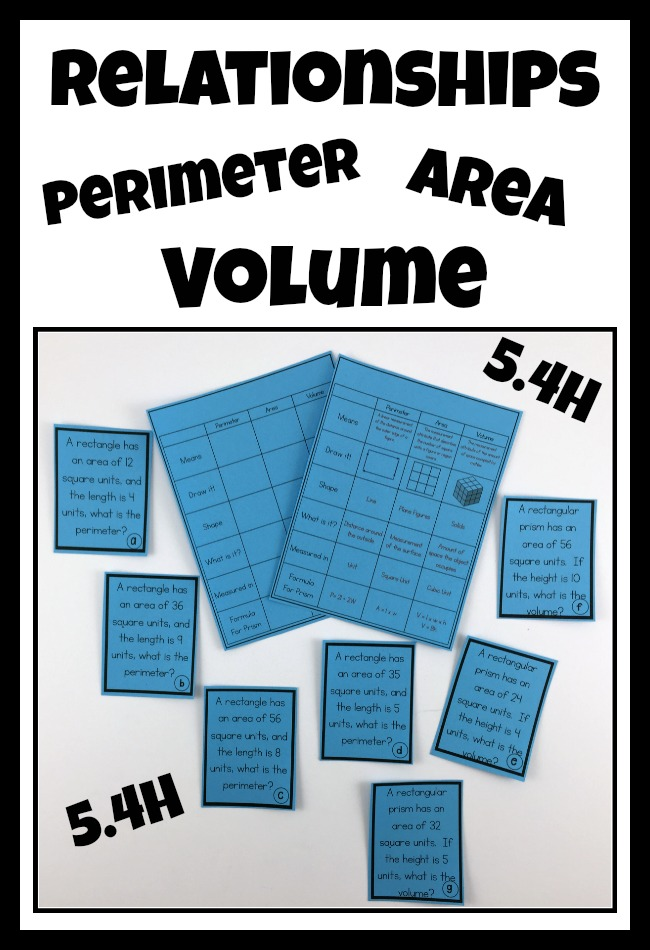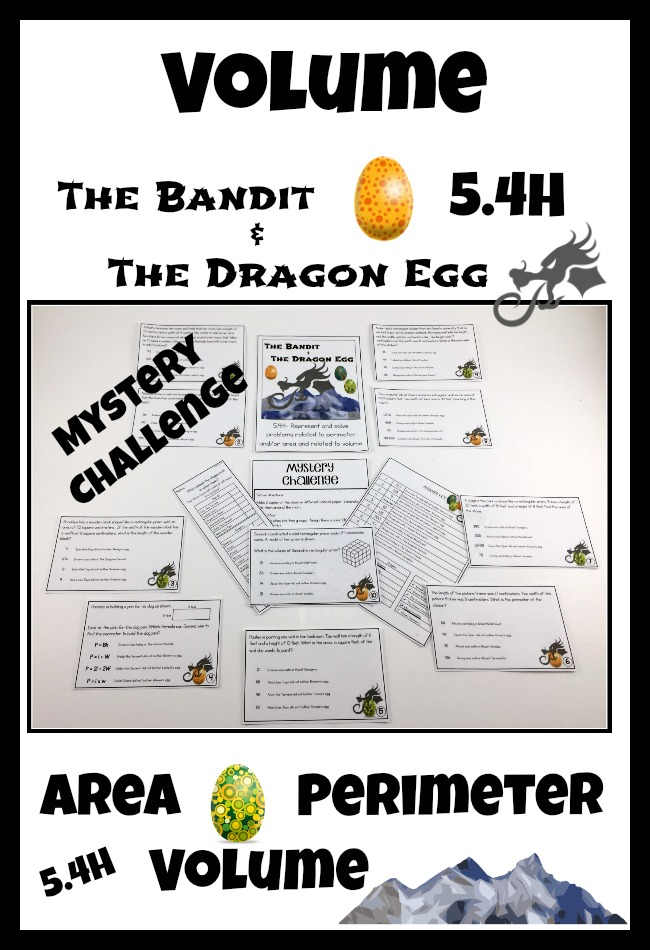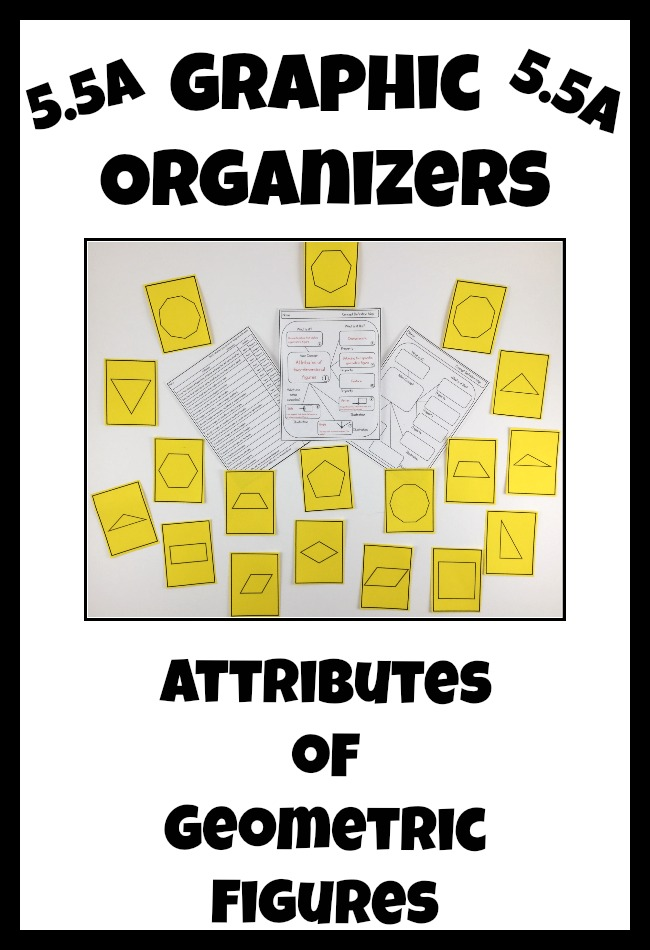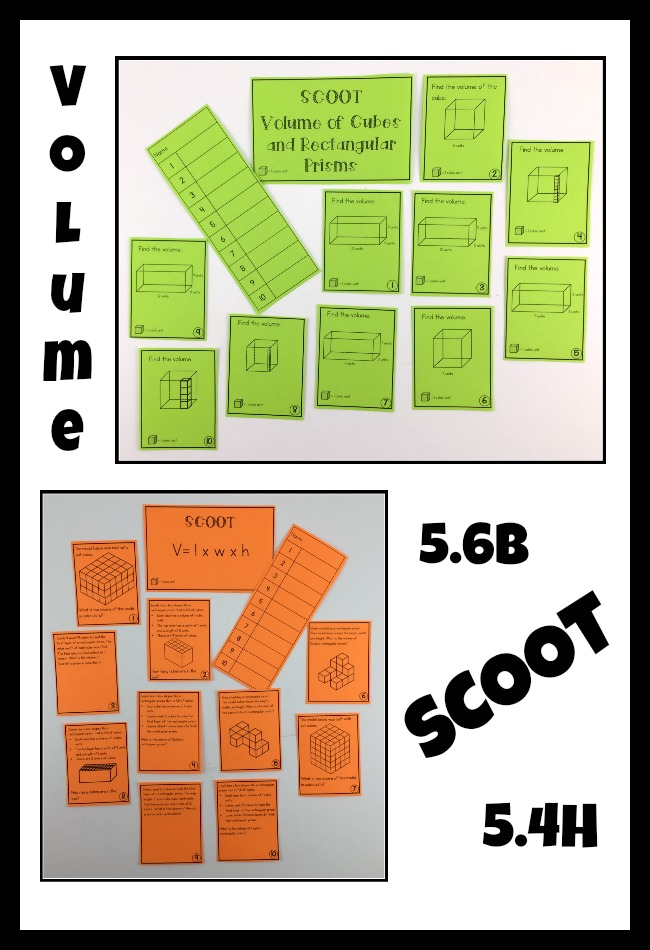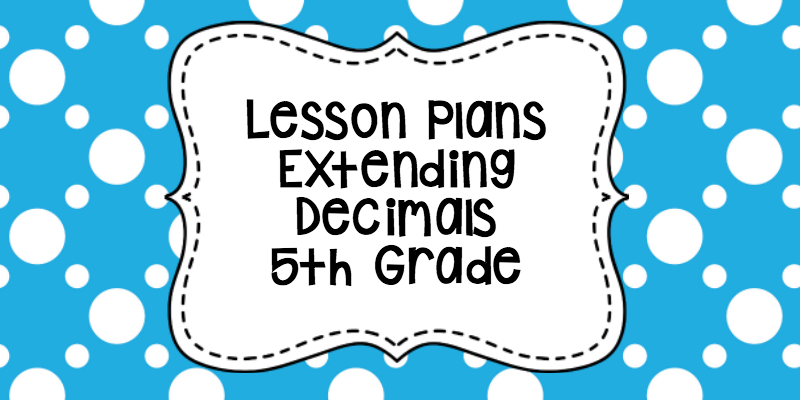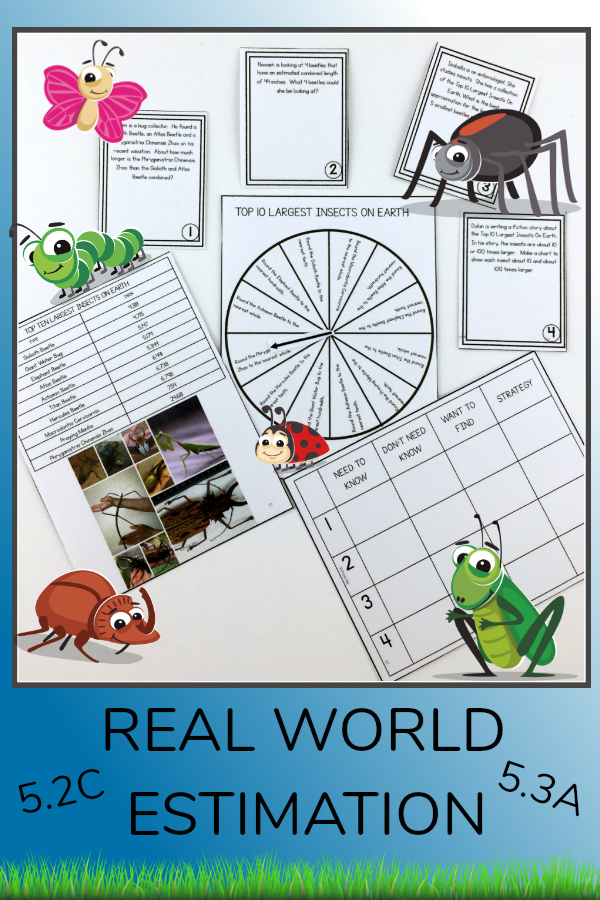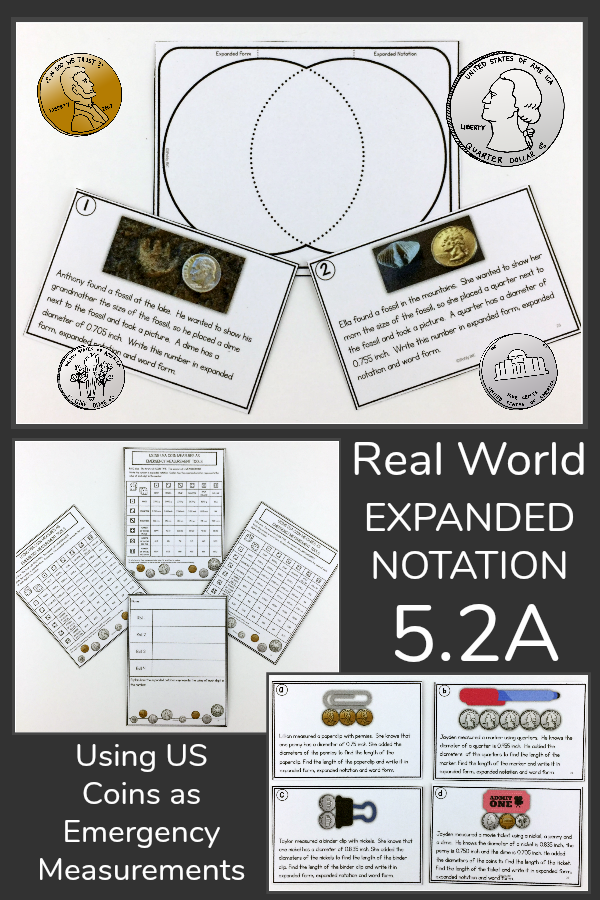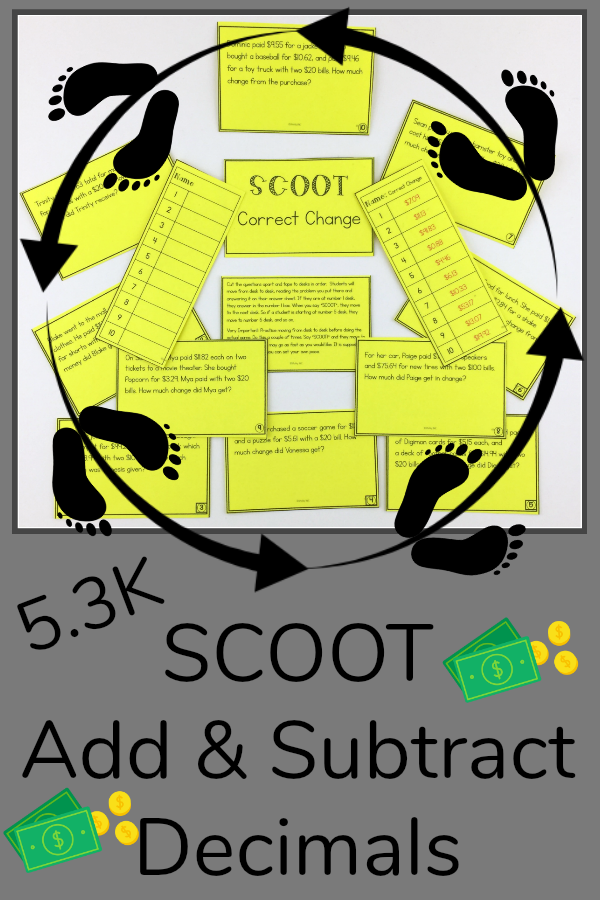I recently had a conversation about the "why" teaching math is changing with a teacher I respect very much. During this conversation I realized two important things.
My name is not next to the scores of the kids AND I have the benefit of knowing the TEKS in depth in a vertical manner.
The first difference is key to understanding why it is so hard to get teachers to abandon what they know works some of the time to try something that might not work this year, but will be better for the kid next year. This is trusting the down line to do what is the best for development of kids and not personal scores AND trusting admin to understand the math process we are taking kids through and not zing us for low scores when kids are developing. I say it every year- "Our scores will be low at the beginning of the year. The kids are learning new stuff. It will take time. Support us in growth and don't rush us." But the first unit test scores come out, everyone- including the board freaks out, panic sets in, the teachers feel the heat and just like that the algorithm flies into the classroom so fast, I can't get it to stop! And the insanity loop begins again with a new group of kids.
The standard algorithm is the fastest method for addition, subtraction, multiplication and division. We can quickly teach a kid the steps to the standard algorithm. Some will get it in a couple of days. Most will not get it for the entire unit or year. This happens year after year.
The kids are never tested over the standard algorithm. It is in the TEKS, but so are the other strategies. The standard algorithm is included last in the list. The TEKS are set up so that kids can continue to use a strategy for as long as they need to. The strategies are designed to “grow” with kids. The standard algorithm has become the gold medal of math accomplishments- but it is not the focus of our TEKS.
Most of our kids can do calculations in naked number problems but cannot solve word problems. Common things I hear about our math kids:
• Students can’t or don’t read the problem.
• Students don’t know which operation (memorized set of steps) to use to solve the problem.
• Students don’t know how to get started or won’t begin the problem on their own.
• Our kids can’t do that. (Students have no idea how to approach an unknown problem.)
We can look at the TEKS from two different lenses: Problem Solving and Computation. These are tested very different ways. A list of naked number problems is a computation assessment. The STAAR is a problem-solving assessment. It is a comparison of the problem-solving abilities of kids from year to year (growth) and across our state (performance). The Processing Standards are all about thinking. They are about math discussion and explanation. They are about justification and reasoning. They are about problem solving. Each TEK can be paired with a processing standard.
Most STAAR Questions have this in common:
Kids are given a problem that they don’t likely have enough experiences to draw on background knowledge.
• If they are taught to problem solving by constructing their own understanding of the concepts, they can approach the problem by models. They can model the problem to understand what is happening. Then they have a shot at solving it.
• If they are taught to problem solve by memorization of steps and they do not recognize the problem and remember all of the steps they learned, they do not have a shot at solving the problem.
Why do kids have to be able to do the standard algorithm in 4th Grade?
4th grade has 12 TEKS to teach in Category 2. 1 Readiness TEKS: 4.4A- Addition and subtraction of whole numbers specifically states standard algorithm. The kids have had 3 years of developing the standard algorithm before it is exclusive in the TEKS. Two of the supporting standards (4.4D and 4.4F) say use strategies and algorithms, including the standard algorithm for multiplication and division. The strategies and algorithms include standard but are not exclusive. Because this is the second year of multiplication and division and the progression of skills doesn’t develop in a year or two.
5th Grade (whole numbers) uses the standard algorithm exclusively for multiplication in a supporting TEK. Division says strategies and algorithms including the standard. Add and Subtract says fluently because the standard algorithm was exclusive in 4th grade. 6th Grade says fluently for all operations. Kids have 3 more years to be fluent in multiplication and division. It isn’t meant to be rushed. It takes time and the TEKS are designed for concept development.
Category 2 has one unifying theme: Problem solving with strategies for computation. The focus is teaching problem solving not algorithms for addition, subtraction, multiplication and division. Teaching by coaching kids through unknown situations that force them to use the models they understand to get the solution is best practice. The models and strategies will eventually become too cumbersome to draw and kids start looking for a shortcut. This shortcut needs to be connected to the model they already use and purposely introduced. These experiences (more and more problem solving) repeat and the standard algorithm is built- by the kid! This is real math learning and it happens naturally through problem solving. Pathways for problem solving are carved in the brain. The standard algorithm might take years to develop. But kids can problem solve AND do computation in any phase of their understanding. This is how we get growth in Category 2.
